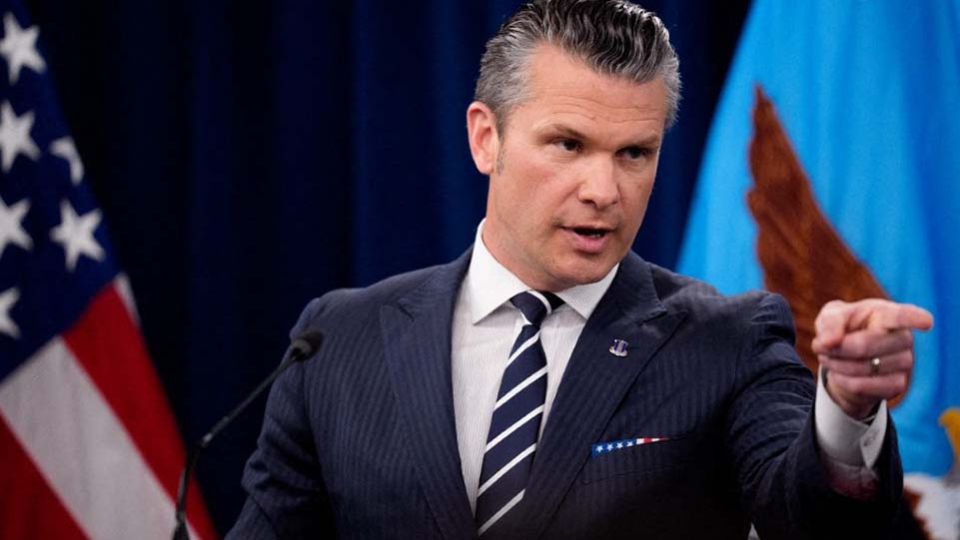June 23, 2025
SINGAPORE – American deterrence is back, said US Defence Secretary Pete Hegseth at the Pentagon briefing on June 22 that laid out the details of the US strikes on Iran. “The scope and breadth of what happened will take your breath away. Planes flew from the middle of America (all the way to Iran) almost undetected,” he added.
It is a message that will resonate around the world, but principally in Asia.
Long used to cartography as defined in Western terms, the world refers to the area Iran is in as the Middle East. In truth, it is in West Asia – and that should not be missed, as we digest the day’s events. The first use of the Massive Ordnance Penetrator bombs and the second-ever use of the B-2 bombers in war have both taken place in Asia, the first time being in Afghanistan.
The level of planning that went into this operation, from the ruses that had some B2s heading towards the Pacific while another “package” headed to West Asia to the integrated deployment of hard military assets over land, undersea and in the air, alongside cyber and space resources – both the US Space Force and the US Space Command were involved, carrier strike groups shuffled around with swift efficiency – all bespeak a force that, despite all the talk of suffering some degradation in recent years, remains an unparalleled military machine in its lethality.
To add to that, US President Donald Trump has signalled clearly that although he abhors war and peace is his principal preference, he is willing to use his men and materiel to force his will upon a situation.
Suddenly, Mr Hegseth’s speech at the recent Shangri-La Dialogue about Indo-Pacific being the “priority theatre” and Mr Trump’s mission being “restore the warrior ethos, rebuild our military and reestablish deterrence” does not look all about empty warnings clothed in puffy language.
The Asian leader likely to be most nervous about what has taken place will be North Korean leader Kim Jong Un, whom I have described before as “the boy with the nuclear toy”. But allies, partners, and rivals all will study the developments closely, and make their own assessments.
In Japan, the “spear and shield” defence relationship with the US – the Americans as the spear and Japan providing the security shield for US forces – which some thought was at risk of wearing thin under this American President, will likely take on a new credibility. China will be compelled to take additional measures to not only protect its nuclear sites and underground submarine bases, but also worry about what this awesome military machine can do to the military facilities it has built in the South China Sea.
In South Asia, Indians and Pakistanis will not sleep easy for a while. If Mr Trump asks New Delhi to talk Kashmir with Islamabad, it cannot easily ignore the request. This US President, since he allows himself no boundaries set by international rules, norms, or decorum, will pursue his ends without regard to the means. It is what makes him both so troublesome to handle, and also to be feared.
Russia, whose territory falls both in Europe and East Asia, also will study the developments closely. Moscow will draw comfort that it is the vast nuclear resources it owns, and the delivery mechanisms it possesses, that has Mr Trump’s respect and gives it the elbow room to stretch his patience over his thus far futile attempts to broker peace between Russia and Ukraine.
That insight will not be lost on China. Sadly, I am inclined to think that the fundamental message we were delivered by Mr Trump – “peace through strength” – will mean a ramping up of deterrence capabilities across the board at enormous cost, not reduce the risk of conflict but elevate it.
- Ravi Velloor is senior columnist at The Straits Times.

